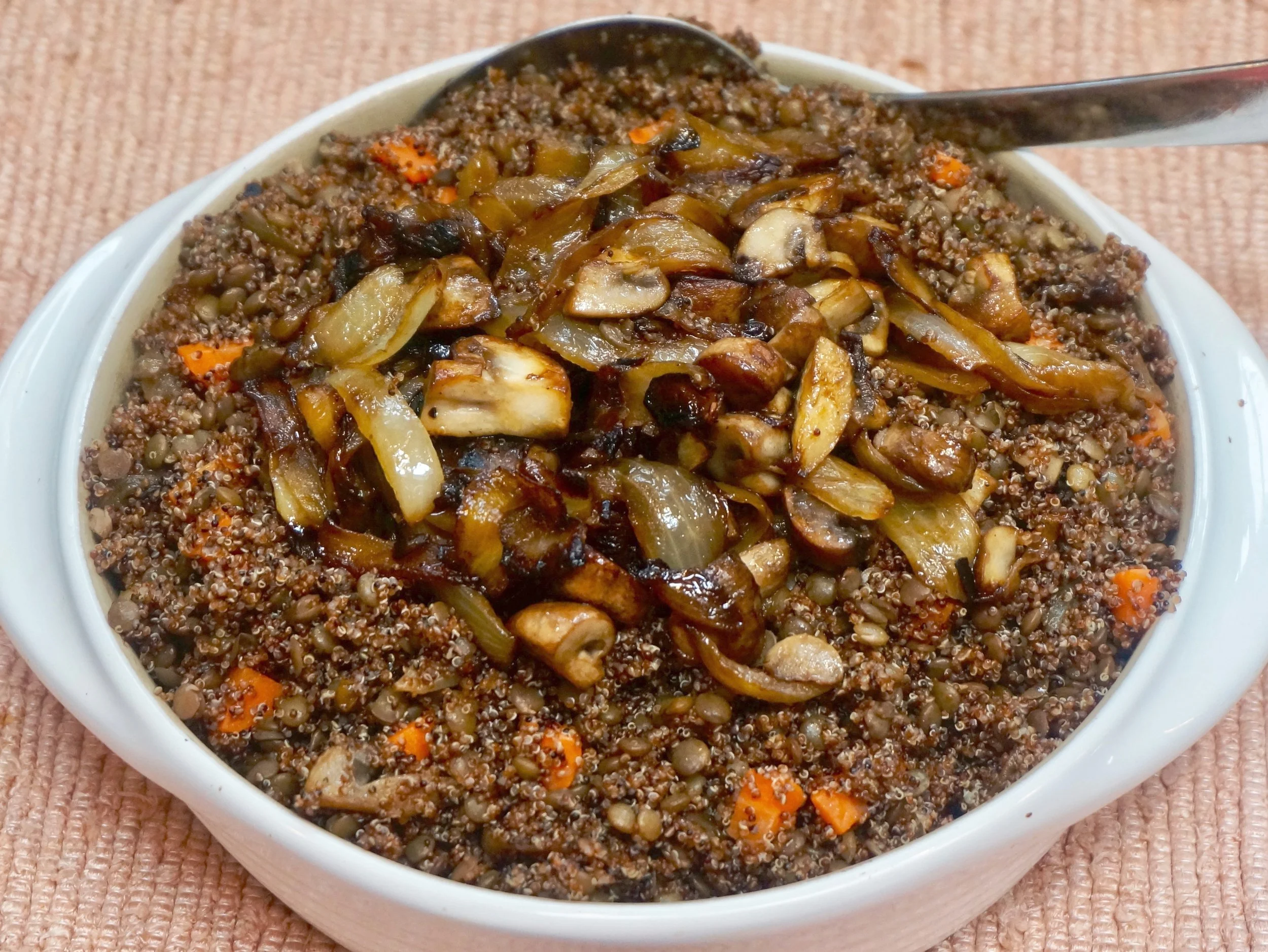Passover is less than a month away so I've already begun the purge of pasta and stuff and am also trying to use up all my flour and get ready for the holiday.
But there's still snow outside and it's cold here so it's nearly impossible to think spring and all the new beginnings we talk about at the Seder. Even if it is the first official day of spring.
That's why, of all the recipes in Naomi Nachman's new cookbook, Perfect for Pesach, I decided to make the Roasted Tomato Soup. Few recipes are more comforting in the winter than tomato soup and yet it is also spring-and-Passover-friendly.
This recipe seemed especially intriguing because it calls for both roasted tomatoes and canned tomatoes. It is no ordinary tomato soup. And Naomi's book is no ordinary book, which is chock full of recipes that are not only perfect for Passover, but also year round.
Here's another thing that I love about this book: the recipes are EASY, uncomplicated, accessible. There aren't a zillion steps to get to the final product. All the ingredients are easy to find. Almost everyone will have all the equipment needed to make each recipe.
User friendly.
The older I get the more I like user-friendly, easy, simple.
I don't know how Naomi found the time to write this book. She is a personal kosher chef, she travels world wide, catering all sorts of events. She hosts her own radio show. She gives cooking demonstrations and MCs at scads of events (including Kosher Chopped).
She is everywhere and always with a big smile on her face.
Kudos to you Naomi! Mazal tov on the book.
Roasted Tomato Soup
pareve – yields 10 servings – freezer friendly
Growing up, I always loved tomato soup; my mum used to serve it on Sunday night at dinner. Now that I’ve grown up, I make my own version and I discovered that roasting the tomatoes deepens the flavors.
Method
Preheat oven to 400°F. Line a baking sheet with parchment paper; set aside.
Slice each tomato in half lengthwise; place, skin-side down, on prepared baking sheet. Drizzle with 1 tablespoon olive oil and salt.
Roast for 30 minutes or until tomatoes are caramelized; set aside.
Heat remaining tablespoon oil in a 4-quart soup pot over medium heat. Add onion and garlic; sauté for a few minutes, until translucent. Add roasted tomatoes; cook, stirring occasionally, for a few minutes.
Add crushed tomatoes, stock, and thyme; bring to a boil. Reduce heat to low; simmer for 30 minutes.
Use an immersion blender to process soup for a full 3 minutes, until smooth; add salt and pepper to taste.
Ingredients
- 8 plum tomatoes
- 2 Tablespoons olive oil, divided
- ½ teaspoon kosher salt
- 1 large onion, diced
- 2 large cloves garlic, crushed
- 1 (28-ounce) can crushed tomatoes
- 8 cups vegetable stock
- ½ teaspoon dried thyme
- • kosher salt, to taste
- • pepper, to taste
Cook’s Tip
For a dairy meal, add a handful of shredded cheese to each bowl; stir to melt cheese.












